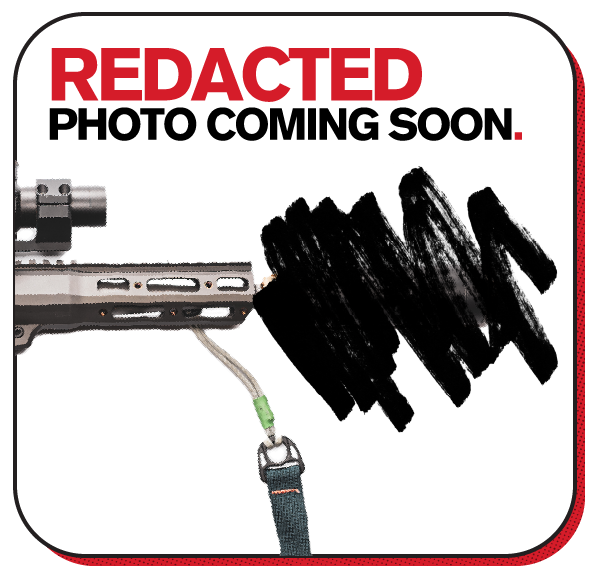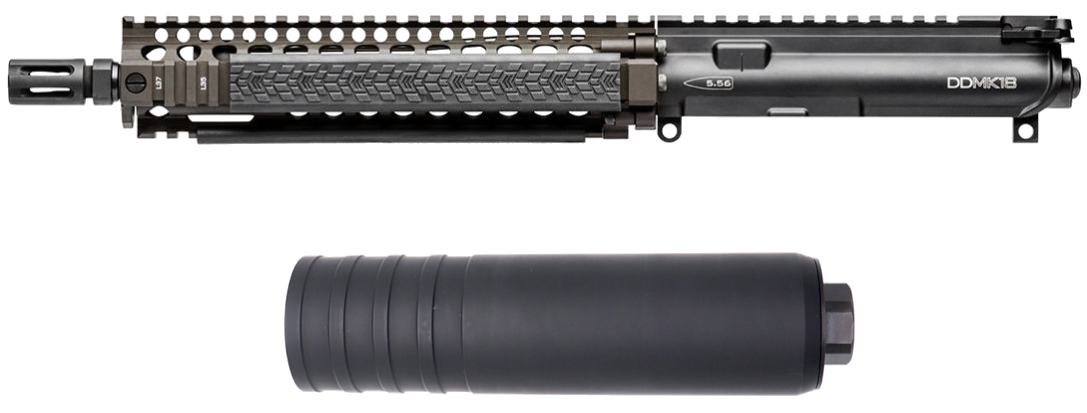Hello everyone,
I've been reading dozens of threads and I'm having a hard time coming to a solid conclusion. It seems there are two camps:
1. Flow through, proper 5.56 caliber suppressor is the best because it suppresses at the shooters ear but also reduces port pop
2. Max volume is key, a large 30cal plus suppressor can perform great on an AR in 5.56 because volume is key and the larger bore diameter reduces port pop
What I'm trying to do is suppress my varmint gun the absolute most with 40-62 grain full power ammo. The plan is to dedicate a suppressor to either a 16" 1:9 twist or possibly even a 20" 1:8 twist barrel but I'm flexible. This isn't a range gun at all and will be shot maybe 200 times a year realistically. Here's my criteria:
Don't care about weight and don't care about size (for the sake of the argument at least)
Don't care about full auto rated, gun wont be shot that much
Don't really care about blow back gas (can i tune the gas down? not experienced in this area)
100% willing to tune the gun to the suppressor. Have experience assembling ARs, can easily change gas block, buffer, BCG, barrel, etc.
Would prefer a direct thread mainly for simplicity's sake and because i wont be swapping the suppressor at all.
If anyone could share their experience and recommendations for combinations of suppressor/gas tuning equipment to suppress an AR the most, I would greatly appreciate it. Having trouble filtering through the internet threads. Yes I'm pretty much willing to throw a 9+ inch can on it and call it a day haha.
Thank you.
I've been reading dozens of threads and I'm having a hard time coming to a solid conclusion. It seems there are two camps:
1. Flow through, proper 5.56 caliber suppressor is the best because it suppresses at the shooters ear but also reduces port pop
2. Max volume is key, a large 30cal plus suppressor can perform great on an AR in 5.56 because volume is key and the larger bore diameter reduces port pop
What I'm trying to do is suppress my varmint gun the absolute most with 40-62 grain full power ammo. The plan is to dedicate a suppressor to either a 16" 1:9 twist or possibly even a 20" 1:8 twist barrel but I'm flexible. This isn't a range gun at all and will be shot maybe 200 times a year realistically. Here's my criteria:
Don't care about weight and don't care about size (for the sake of the argument at least)
Don't care about full auto rated, gun wont be shot that much
Don't really care about blow back gas (can i tune the gas down? not experienced in this area)
100% willing to tune the gun to the suppressor. Have experience assembling ARs, can easily change gas block, buffer, BCG, barrel, etc.
Would prefer a direct thread mainly for simplicity's sake and because i wont be swapping the suppressor at all.
If anyone could share their experience and recommendations for combinations of suppressor/gas tuning equipment to suppress an AR the most, I would greatly appreciate it. Having trouble filtering through the internet threads. Yes I'm pretty much willing to throw a 9+ inch can on it and call it a day haha.
Thank you.




